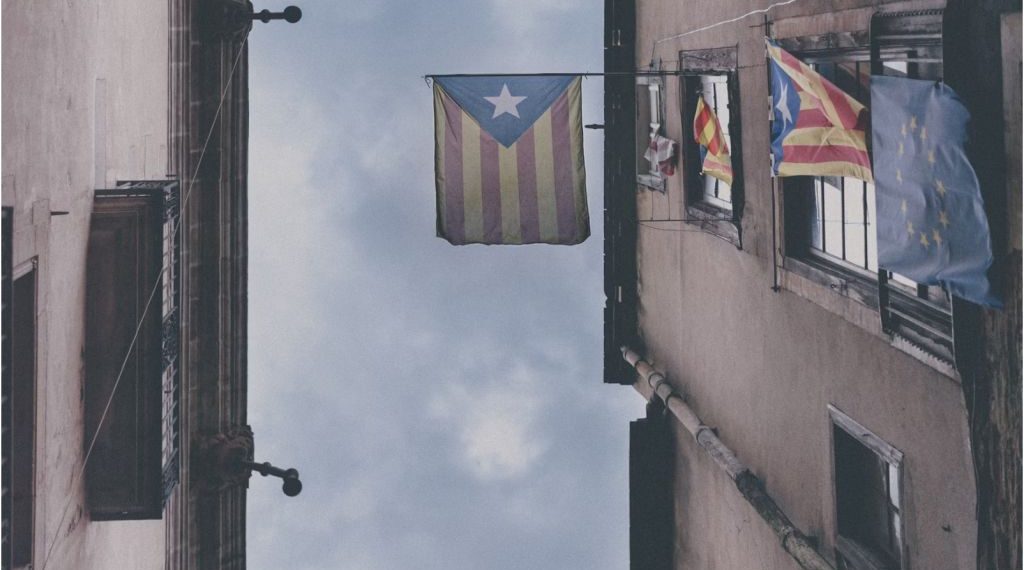Unique Elements of Famous Latin American Flags
Flags are more than just colorful pieces of cloth; they represent the identity and pride of nations. Each flag tells a story woven with historical, cultural, and national symbols. Today, we are diving into the captivating world of Latin American flags, exploring their unique elements. For those interested in the broader significance of flags, the Britannica offers a comprehensive exploration of flag symbolism.
The Color Symbolism in Latin American Flags
Colors play a key role in the narrative behind Latin American flags. Each hue is chosen for a specific reason, reflecting the history, culture, and values of a country. Let’s look at some common themes:
- Historical Events: Countries like Mexico and Colombia use colors representing independence struggles and revolutionary movements.
- Indigenous Cultures: Many flags incorporate colors significant to native cultures, honoring the country’s original inhabitants.
- Natural Features: Green often symbolizes lush landscapes, as seen in the Brazilian flag, where it represents the Amazon rainforest. For more on Brazil’s flag colors and their meanings, visit World Atlas.
These colors are more than aesthetic choices; they are emblematic links to each nation’s unique story in Latin America.
Unique Symbols in Latin Flags
Latin American flags are rich with symbolism, featuring unique elements that reflect the diverse history and culture of each nation. Here are some standout symbols you can find on these flags:
- Ecuador’s Condor: The majestic condor, a significant symbol on Ecuador’s flag, represents power, courage, and protection. It harks back to ancient Andean mythology where this bird was seen as a divine messenger.
- Mexico’s Eagle and Snake: Occupying the central emblem of Mexico’s flag, an eagle perched on a cactus with a snake in its beak represents an Aztec legend. This image reflects resilience and history deeply rooted in indigenous beliefs.
- Argentina’s Sun of May: Known as “El Sol de Mayo,” this radiant sunburst is a nod to the Inca sun god, symbolizing the nation’s independence.
These symbols are more than mere decorations—they embody the values, history, and pride of each nation.
Historical and Cultural Influences on Flags of Latin America
The flags of Latin America carry powerful legacies shaped by history and culture. Here are some key influences:
- Colonial and Independence Influences: Many Latin American flags incorporate elements from their colonial past, blending indigenous motifs with European influences. This fusion represents the complex history of colonization and the subsequent struggle for independence.
- Simón Bolívar: Known as the “Liberator of Latin America,” Bolívar played a pivotal role in the design of flags for countries like Venezuela, Colombia, and Ecuador. His vision of unity is symbolized in their flags.
- Regional Diversity: Each Latin American country reflects its unique heritage in its flag design. For instance:
- The flags of Central America often feature blue and white, representing peace and the Pacific and Caribbean coasts.
- In the Southern Cone, flags might highlight national heroes or local flora and fauna.
- Cultural Celebrations: Flags are often updated or modified to commemorate important anniversaries or shifts in national identity.
By examining these flags, one can trace the profound influences of history and culture that continue to shape the identities of Latin American countries today. These designs are not static; they evolve to reflect ongoing changes and trends in national consciousness.
The Evolution and Trends in the Design of Latin America Flags
The design of Latin American flags reflects the region’s vibrant history and evolving identity. Flags have transformed over time, influenced by historical events, cultural shifts, and changing national narratives. This ongoing evolution signifies the unique stories each flag tells about its nation.
Historical Evolution
- Colonial and Independence Influences: Latin American flags were influenced by European colonial powers and later, the independence movements. Early designs included elements like stripes or crosses reminiscent of colonizers, while newer designs incorporate national symbols representing independence.
- Modern Adjustments: Some flags have undergone changes due to political shifts or to reflect contemporary values. In particular, flags have been redesigned to better align with nation-building efforts and promote a unified national identity.
Contemporary Trends
- Minimalist Designs: A few countries have opted for simpler designs, focusing on bold colors and distinctive elements that are easily recognizable.
- Symbolic Meanings: There is a trend toward incorporating more meaningful symbols, like the sun in Argentina’s flag, to connect deeply with cultural heritage.
- Environmental and Social Awareness: Some flags highlight environmental themes or social justice, underscoring contemporary values within the populace.
Understanding Latin America Flag Protocols
Flag protocols in Latin America demonstrate respect and honor for national symbols. Understanding these etiquettes offers insight into cultural norms and values.
Protocols and Etiquettes
- Raising and Lowering: Flags are typically raised in the morning and lowered at sunset to signify the start and end of the day. This practice is widely observed during national events and ceremonies.
- Significance of Half-Mast: Flags are flown at half-mast to honor important national figures or during periods of mourning. This act shows respect and remembrance.
- Flag Display: The correct display of flags involves ensuring that the flag remains in good condition and is always given a place of prominence during events, compared to other flags.
Comparison with International Standards
While many of the flag protocols in Latin America align with international customs, each country’s specific guidelines can vary slightly based on cultural influences. It’s crucial to understand these nuances when participating in events where flags are displayed.
By appreciating these protocols and trends, one gains a deeper understanding of how the flags of Latin America are not just symbols, but integral elements of national and cultural pride.
Celebrate National Identity with Latin American Flags
Latin American flags are more than just pieces of cloth; they are powerful symbols that capture the heart and soul of their nations. These flags, with their unique elements, tell stories of cultural heritage and national pride.
- Cultural Significance: Flags of Latin America play a critical role in representing the unique blend of indigenous, colonial, and modern influences that define each nation. This blend is visibly woven into the colors and symbols of the flags, celebrating both unity and diversity.
- Pride and Identity: Each flag serves as a beacon of national identity, helping citizens around the world connect with their homeland. The colors and emblems found on these flags are deeply rooted in the historical resilience and cultural milestones of their countries.
To understand and appreciate the unique elements of Latin American flags is to delve into rich histories and vibrant cultures. For an in-depth exploration of these compelling stories, educational resources on Latin American studies can provide valuable insights, allowing you to connect more deeply with these fascinating symbols.
Consider exploring a dedicated educational product or service that dives deeper into Latin American history and culture, enriching your knowledge and appreciation for these diverse nations. This journey not only enhances your understanding but also celebrates the shared human experience these flags represent.







